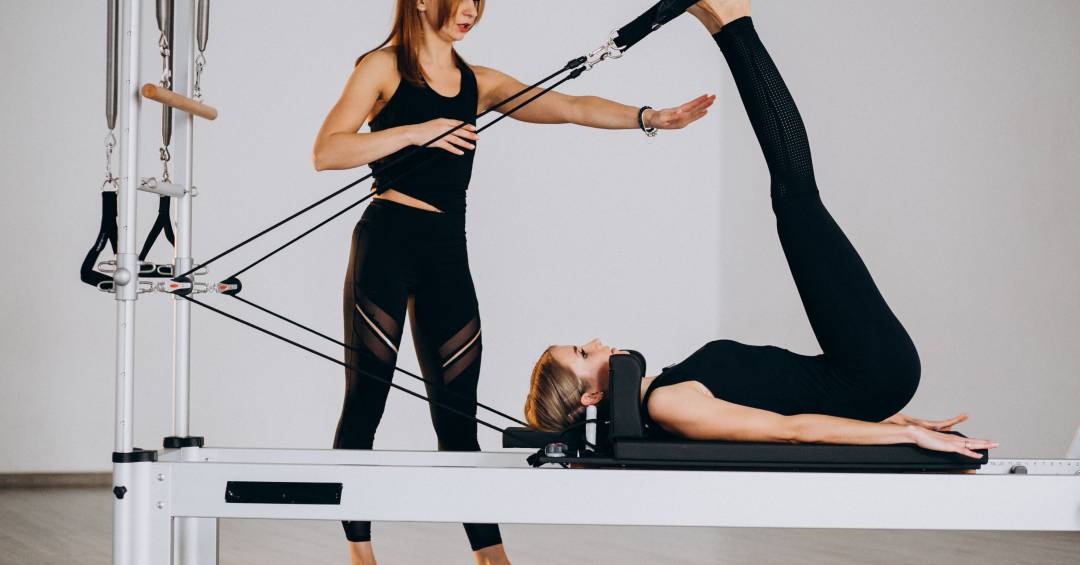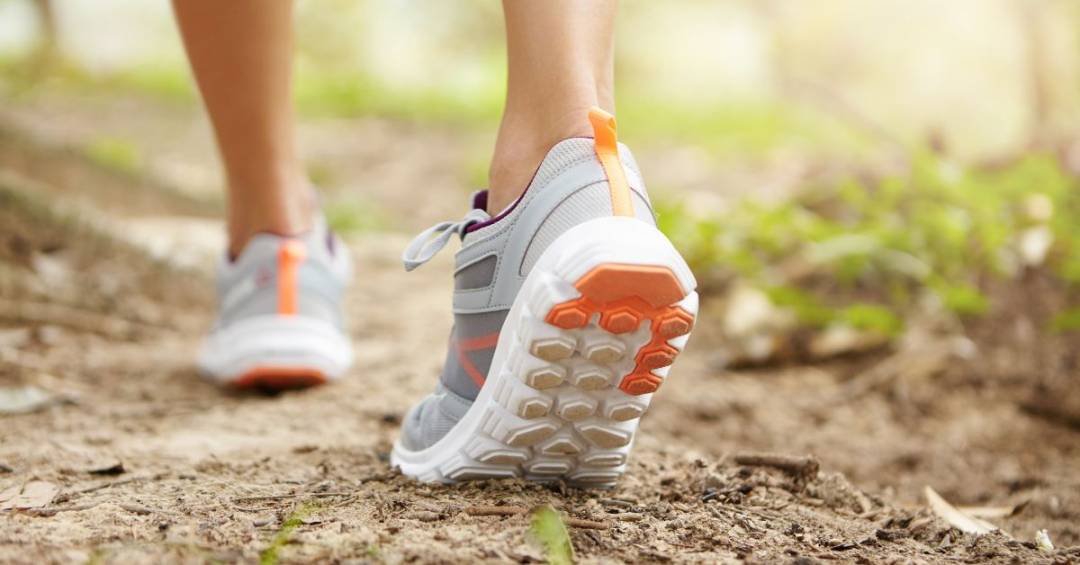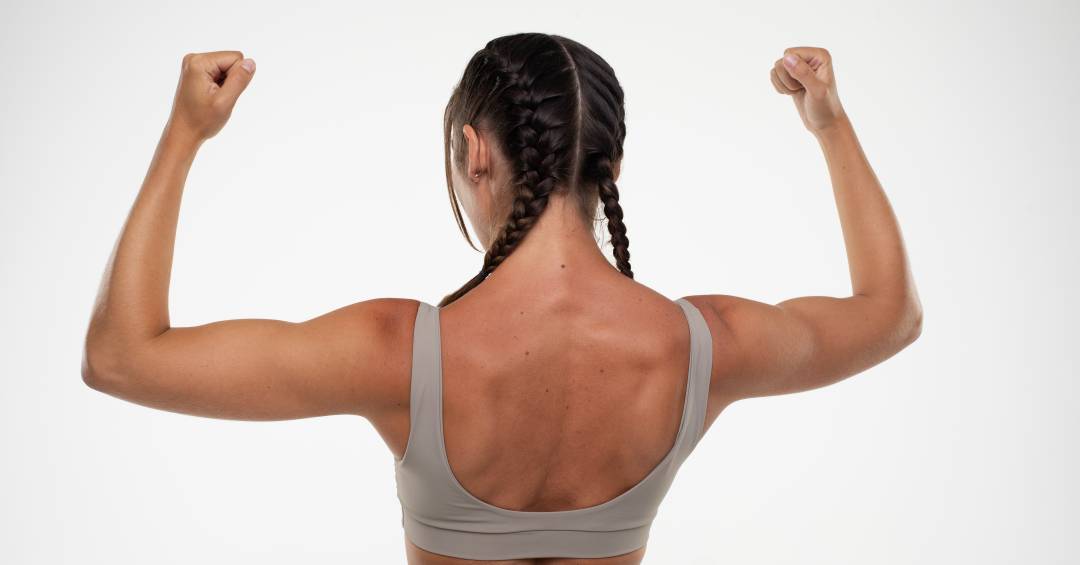
In addition to being an excellent modality for mental health and strengthening muscles, it is also possible to bet on pilates for body painespecially those that are chronic or resulting from musculoskeletal problems.
According to Josi Araújophysiotherapist and teacher at Pure Pilates, he works on muscle strengthening, flexibility and postural alignment, essential factors for relieving discomfort. Therefore, the professional listed five common pains that can be alleviated with the help of this practice. Check it out below!
Pilates to improve body pain
1
Low back pain
Low back pain is one of the most common complaints, generally caused by poor posture, muscle weakness or imbalances. Pilates works to strengthen and stabilize the abdominal, pelvic and back muscles, which helps reduce overload on the lower back and provides adequate support for the spine. The exercises also promote an improvement in mobility and flexibility, preventing stiffness.
Movement to improve pain: Spine Strech (stretching of the spine)
Sit with your torso straight, legs stretched out in front. Keep your arms straight and raised at shoulder height, try to maintain the feeling of your head rising towards the ceiling. Bring your arms towards your feet, rounding your spine. Return by assembling the column to the starting position. Do 6 to 8 repetitions. Tip: if you experience difficulty, sit on a pad or bend your knees a little.


2
Neck pain and neck tension
Pain in the cervical spine is a term used for all pain in the neck region. Its causes are varied, including several factors such as aging, spending a lot of time in the same position or suffering from obesity, muscle weakness, injuries and accidents, for example.
Movement to improve pain: strengthening the shoulder girdle on the cadillac fixed bar
Sitting below the Cadillac's fixed bar, with very strong springs coming from above. Perform shoulder extension with elbow flexion.


3
Shoulder pain
Shoulder pain can have several causes, due to the complexity of the joint and its high mobility, including conditions such as tendonitis, bursitis, rotator cuff injuries, osteoarthritis, rheumatoid arthritis, direct trauma, compression or injury to the nerves in the shoulder region, wear and tear , injuries, among others.
Pilates can significantly help with different types of shoulder pain, working both on recovery and injury prevention. The practice works on several fronts, from muscle strengthening and improving posture to increasing mobility and body awareness.
Movement to improve pain: Push Up
Exercise such as the push up can be used to prevent shoulder injuries. However, it requires the student to have good body awareness and abdominal contraction in addition to good stretching of the posterior chain. Standing, the student brings their hands to the floor, alternating arms until they reach the plank position. Then perform supports, exhaling while extending your shoulders and elbows and then return to the standing position, also alternating your arms on the floor.


4
Knee pain
Knee pain is a common problem that can affect people of all ages, and Pilates can be a powerful tool in both preventing and rehabilitating these conditions. It helps strengthen the muscles around the knee, improve alignment and promote muscular balance.
“As in this modality we work in a targeted way to alleviate pain and pathologies in the knee, we focus on strengthening the muscles around the knee, such as quadriceps, hamstrings, glutes and calves, which are essential for stabilizing the joint and reducing the impact on the knee structures. Strengthening these muscles helps to better distribute the load around the knee, reducing pressure on the joint.”
Movement to improve pain: Going Up Front
Standing on the chair, place one foot on the seat and the opposite foot on the step. Extend the hips and knees that are on the seat, rising vertically onto the Chair. Return to starting position.


5
sciatica pain
Sciatica pain is a condition that can be extremely debilitating, characterized by strong discomfort that radiates along the sciatic nerve – the largest in the human body, which extends from the lower part of the spine to the feet.
“This pain usually affects only one side of the body and can vary from mild to severe, and is often accompanied by tingling, numbness or weakness in the muscles of the legs and feet”, explains the professional.
According to her, Pilates can be an excellent approach to this problem, as it works on strengthening, mobility and alignment of the spine, helping to relieve pressure on the sciatic nerve. “By improving posture, relieving compression on the sciatic nerve and stretching tense muscles, Pilates helps to significantly reduce pain and prevent future attacks. Furthermore, as it is low impact, the modality can be practiced safely by people with different levels of pain and physical capacity”, he states.
Movement to improve pain: Hamstring Stretching
The movement aims to stretch the posterior chain, gluteus maximus and mobilize the spine.
Standing, facing the chair in the posterior region, leave one of the lower limbs extended with the foot on the ground while the other lower limb is flexed and supported on the seat of the machine. The spine is in a neutral position. Mobilizing only your spine, flex your torso by pushing the step down. Return to starting position.


